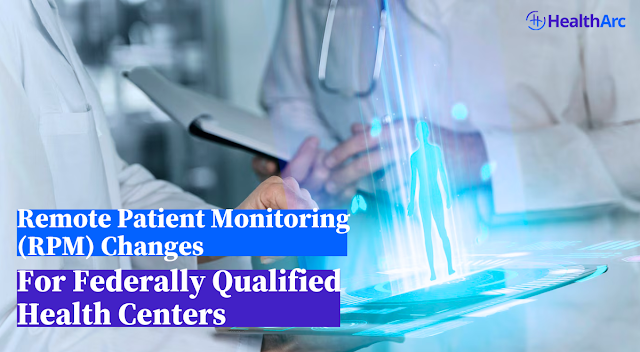What Emerging Trends Are Shaping Remote Patient Monitoring Software & RPM Devices in 2025?
The healthcare landscape in 2025 is rapidly evolving. New trends in Remote Patient Monitoring Software and RPM devices are redefining how care is delivered, analyzed, and reimbursed.
From AI-powered insights to enhanced interoperability, here’s what’s driving the next wave of innovation.
For foundational insights, visit A Complete Guide to Remote Patient Monitoring (RPM).
How Is AI Transforming Remote Patient Monitoring Software?
Artificial Intelligence is no longer optional—it’s embedded in top digital health solutions.
AI algorithms now filter noise, prioritize critical alerts, and predict early health risks—allowing clinicians to act before complications occur.
This innovation improves efficiency, reducing the workload of care teams using care management platforms and boosting patient safety.
Why Are Cellular RPM Devices the Future of Connected Care?
While Bluetooth devices dominate the entry-level market, cellular-enabled RPM devices are becoming the gold standard for remote healthcare services.
They remove barriers like smartphone pairing and Wi-Fi setup—making them ideal for older adults and underserved populations.
What Role Does Interoperability Play in RPM Growth?
Today’s healthcare software solutions must integrate seamlessly with EHRs, pharmacies, and labs.
Interoperability ensures unified care records and streamlined communication, allowing virtual care management workflows to function efficiently.
How Are Reimbursement and Regulations Shaping the RPM Market?
Expanded CMS coverage and new RPM reimbursement codes have accelerated adoption.
As compliance and billing become easier, more providers are investing in remote patient monitoring programs to expand chronic care and preventive health initiatives.
How Are New Device Innovations Expanding Clinical Use Cases?
From wearable patches to multi-parameter sensors, RPM devices are moving beyond traditional vitals to track sleep, temperature, and respiration.
Integrating these into healthcare SaaS platforms enables richer analytics and predictive alerts that support preventive medicine.
What Does the Future Hold for Remote Monitoring?
By 2025, the convergence of AI, RPM devices, and remote healthcare software will power predictive and continuous care at scale.
Clinicians will rely on unified dashboards to manage chronic disease, engage patients, and document care seamlessly.
Explore the pricing and platform models that support this evolution in Remote Patient Monitoring Pricing Structure and Models for Healthcare Providers.
Final Thoughts
The next phase of healthcare innovation depends on adaptable Remote Patient Monitoring Software and intelligent RPM devices that make data meaningful.
HealthArc’s end-to-end solution empowers providers with AI analytics, interoperability, and real-time device connectivity—creating a smarter, patient-first ecosystem.
Discover how HealthArc is redefining remote care delivery at Healtharc.io
.png)


%20Changes%20for%20Federally%20Qualified%20Health%20Centers%20(1).png)
Comments
Post a Comment